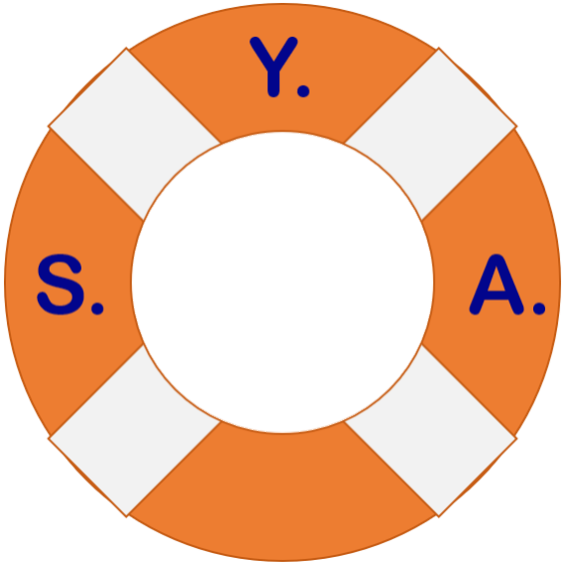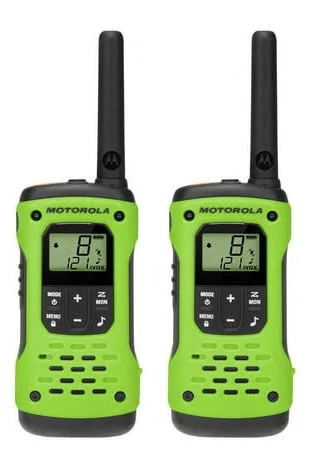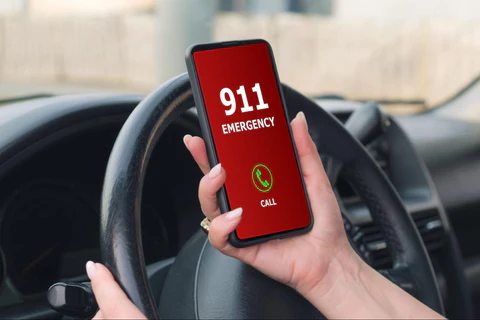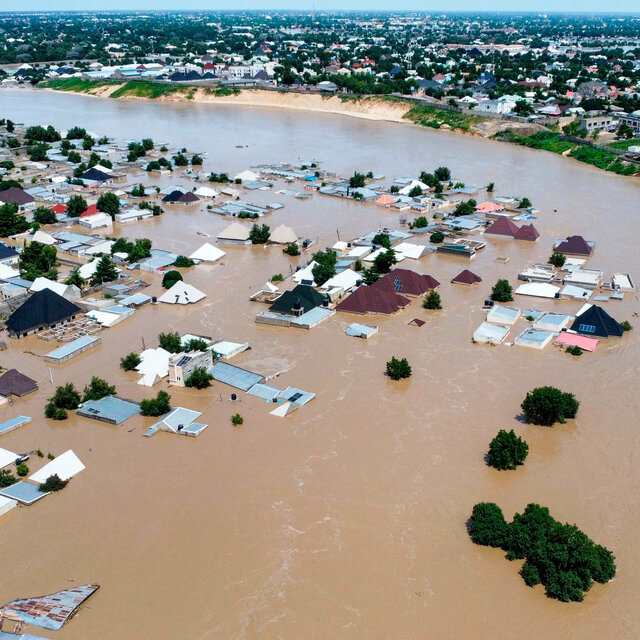Hurricane preparedness is not something you should take lightly if you live along the U.S. Gulf Coast or Eastern seaboard. It is not a question of ‘if’ a hurricane will impact you, just a question of ‘when’.
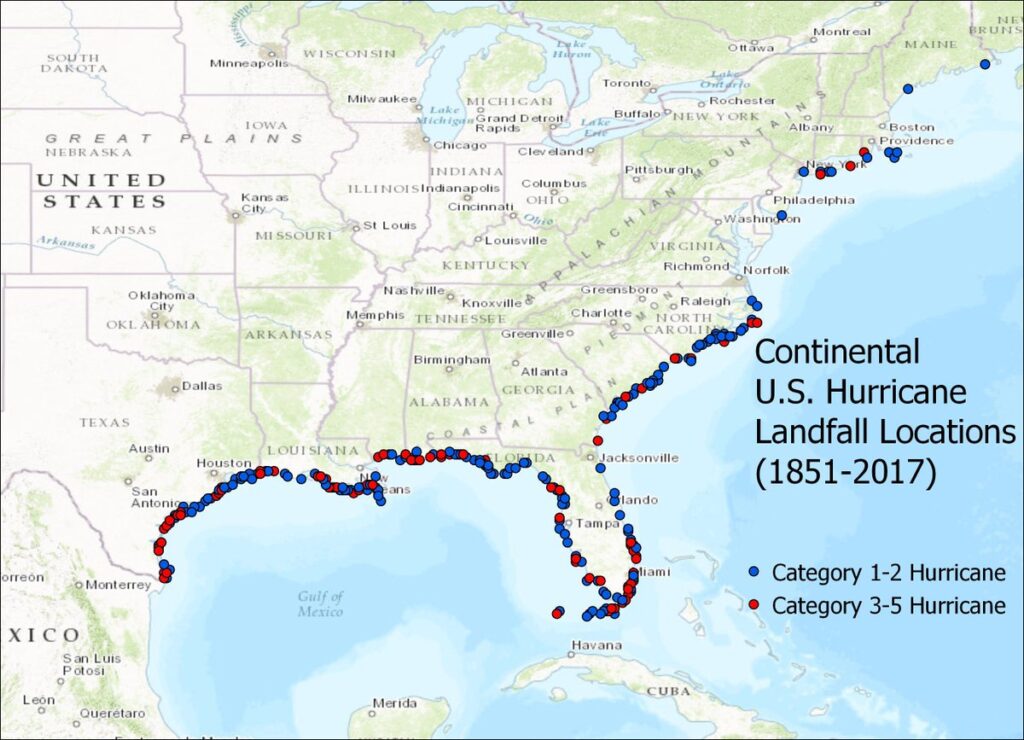
With the Atlantic hurricane season officially beginning June 1st, I wrote this article now so that you have time to acquire supplies you may need before the season peaks in August and September.
When is hurricane season?
Hurricane season varies from region to region:

Eastern Pacific Hurricane Season: May 15-November 30.
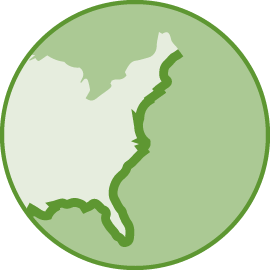
Atlantic Hurricane Season: June 1-November 30.
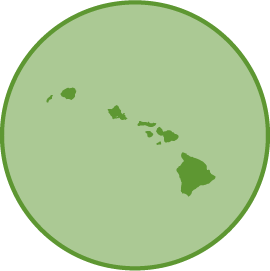
Central Pacific Hurricane Season: June 1-November 30.
Keep in mind that these are historical averages. Climate change is impacting historical norms and we have seen unusual hurricane activity the past few years.
What are hurricanes so dangerous?
Hurricanes are more dangerous than many other weather events because they combine multiple weather events together that can all be deadly.
Sheer Size: Hurricanes can be so large they can encompass an entire state or region all at the same time causing several weather events simultaneously.
Destructive Winds: While a tornado’s winds can be very deadly and destructive, their impact is more focused along a narrow path for a very short period of time. Hurricane winds affect huge geographic areas for extended periods of time ranging from several hours to an entire day with a brief break while in the eye.
Heavy Rainfall: Hurricanes are full of massive amounts of water that it picks up from the ocean and deposits on land.
Storm Surge: Along with the rainfall, the atmospheric pressure and wind speed combine to push the ocean onto land. This results in catastrophic flooding along the coast.
Flooding/Flash Flooding: Store surge affects the coastal areas, but heavy rainfall accompanies the outer bands of the storm and can reach hundreds of miles inland causing flooding and flash flooding in many areas. Hurricane Harvey stalled over Houston, TX in 2017 and dumped 50″ of rainfall over the course of several days causing massive flooding.
Tornadoes: A common side effect of the severe weather that accompanies the hurricane.
Power Outages: Between the destructive winds, storm surge and flooding, power outages are a very common side-effect of hurricanes.
- Hurricane Ida in 2021 left many residents and businesses in New Orleans and the surrounding area without power for more than 30 days.
- Hurricane Maria in 2017 destroyed Puerto Rico’s power grid with the last customers getting their power back 328 days (11 months) after the storm hit.
Watch vs. Warning
Watch: Issued when a hurricane’s path is still uncertain but heading in your direction prior to landfall. This is the time to make sure you have all your preparations and supplies ready in case it is upgraded to a warning.
Warning: Means a hurricane is going to make landfall in your area. If a hurricane warning is issued for your area, it is strongly advised to evacuate to a safe area.
How to prepare
There are several things you can do to prepare for a hurricane:
Prepare your structure
Whether you are evacuating or going to ride it out at home, you need to prepare your structure to minimize the chance of damage.
- Start by boarding up your windows to protect them.
- Check the seals around doors and windows to minimize the risk of water intrusion.
- Place sandbags or other water barriers around your structure to reduce the risk of flood damage from storm surge.
Have a bugout bag
Your intention may be to shelter in-place and ride out the storm, however, you may find yourself in a situation where you are forced to evacuate or flee your home. Having a bag of supplies ready to go at a moment’s notice is critical when seconds count. If you aren’t sure what a bugout bag is, click here to see “What’s in my Bugout Bag?“
Know your evacuation route
If you are in the direct path where landfall is expected, it is best to evacuate early, while you still can. Roads and highways quickly become parking lots with those that wait until the last minute to get out. Take your bugout bag and/or emergency kit with you.
Have a communication plan
It is important to have this setup before the hurricane hits. A single piece of paper that has all your important phone numbers, insurance numbers, e-mail addresses, etc. After the tornado hits, your cell phone may be lost in the rubble or damaged. It can also run out of charge and who memorizes phone numbers these days let alone insurance numbers.
Have a primary and backup meetup spot
If you are not all in the same spot when the hurricane hits, or are evacuating in separate vehicles, have designated areas to meetup up at once the storm subsides or you are out of the danger zone. Have at least a primary and backup location as flooding and damage to infrastructure may not make it possible to get to one of your locations.
Hurricane Emergency Kit (Shelter In-Place)
Above I mentioned having a bugout bag ready in case you need to evacuate. Many of the items on the list below are items that can be part of your bugout bag as well so if you shelter in-place you have what you need. Only you can decide what is most important to put in your kits, but these are strong recommendations.
Communication Options
It is very important to stay informed of the progress and path of the storm. This will allow you to make the most informed choice on whether to stay or go and when to seek shelter.

Emergency Weather Radio: Preferably one with a crank that you can charge up as necessary. Many of these come with a flashlight, emergency flasher and can charge a cell phone. In addition to weather bands, they have AM/FM radio as well to get information. The best ones can be recharged by a crank, small solar panel or by being plugged into another battery bank to charge.

Smart Phone: Most of us have one these days but keep in mind that the cell tower infrastructure (or your phone) may be damaged or destroyed. With power out you might not be able to get a signal.
That said, this multi-functional device still contains your phone numbers, email-addresses and critical apps for your banking, social media and insurance. It has a camera for taking pictures and video of the damage and a flashlight to navigate the dark. If you have signal you can use it to communicate in a variety of ways to let people know your status. Consider all the apps your phone has, or you can download for free.
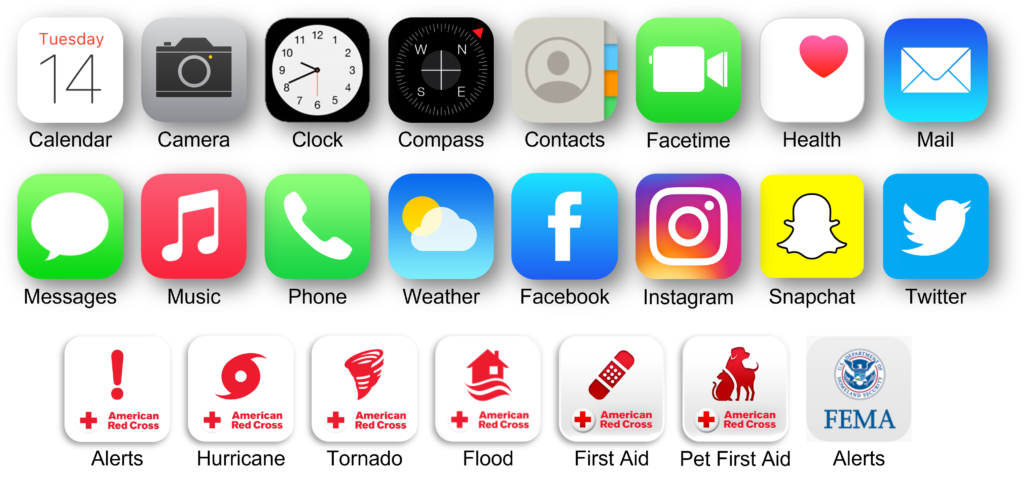
Stress of the disaster getting to you? Play some music or a game to pass the time and relax as best you can. Just remember to keep it charged as the battery can drain quickly when using it frequently.

Two-way Radios: Most likely the only method of communication in the immediate aftermath of the storm while power and communication are being restored. Some models include weather channels, flashlights, emergency flasher, and have accessories available.
Lighting Options
One of the first things to go out during a hurricane is usually power. You should have a variety of light sources available such as:
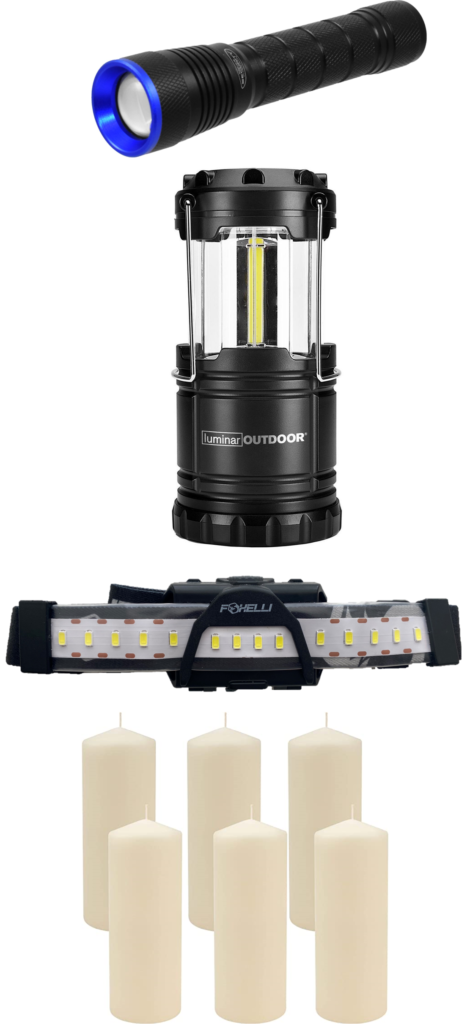
- Flashlights: A small portable flashlight is the bare minimum you should have.
- Lanterns: Provides better illumination of a room or area.
- Headlamps: Give you the ability to have focused hands-free lighting where you need it.
- Candles: Preferably long-burning ones. The old standby if your batteries run out.
I wrote an article in 2021 on Portable Lighting with more information to help you.
Power Options
Extra Batteries: for any devices that require them. You don’t want to run out.


Rechargeable Battery Station: come in a variety of sizes to power small appliances or recharge devices. Some have solar panels that can recharge the battery during the day.
Check out my article from April on Rechargeable Battery Packs to see why you should have some.

Gas Generator: provides the ability to run more power hunger appliances and devices.
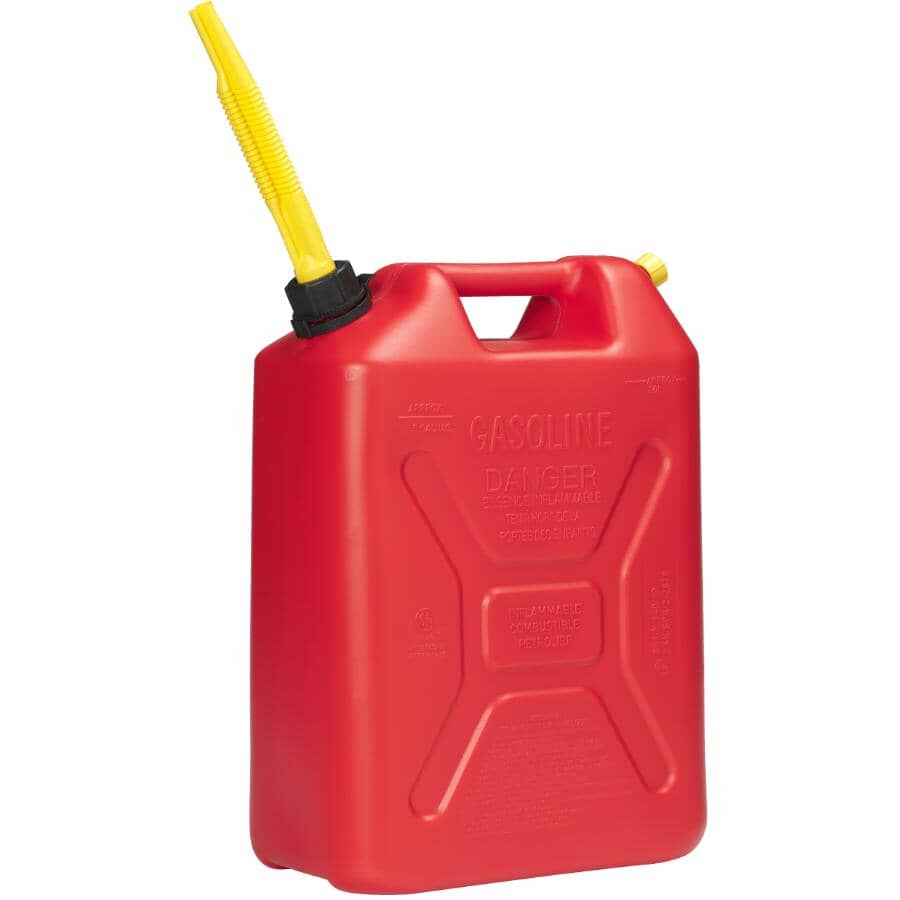
Extra Gas: Whether for your generator or to ensure your car can get out of the danger zone, make sure you have extra with you.
Gas stations quickly run out in evacuation zones and won’t work once the power goes out. It can be weeks before a resupply tanker gets into affected areas.
Food & Water
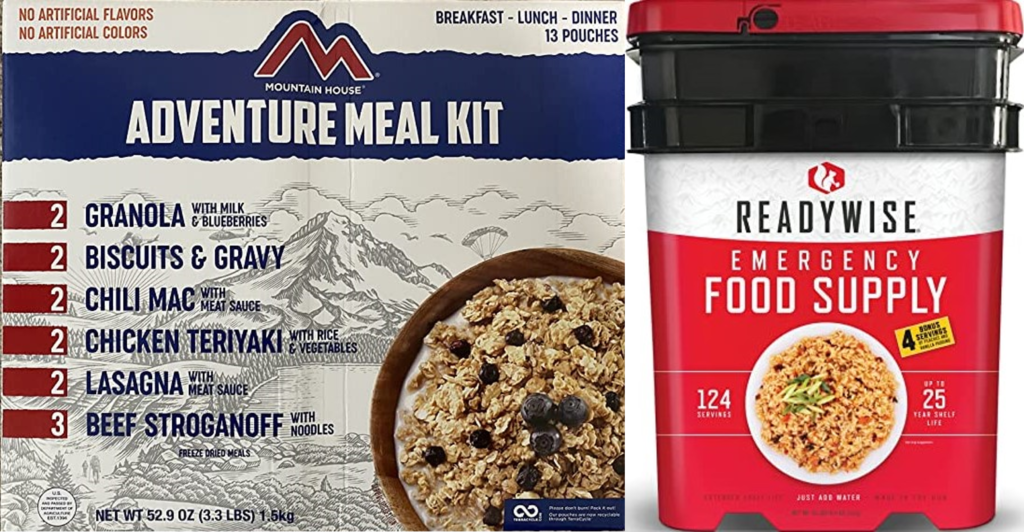
Food: Non-perishable food to last you and your family up to 2 weeks. There are many brands of dehydrated or freeze-dried foods available. Some have a shelf-life of 25-50 years if stored properly. A good investment if you live in a hurricane area.
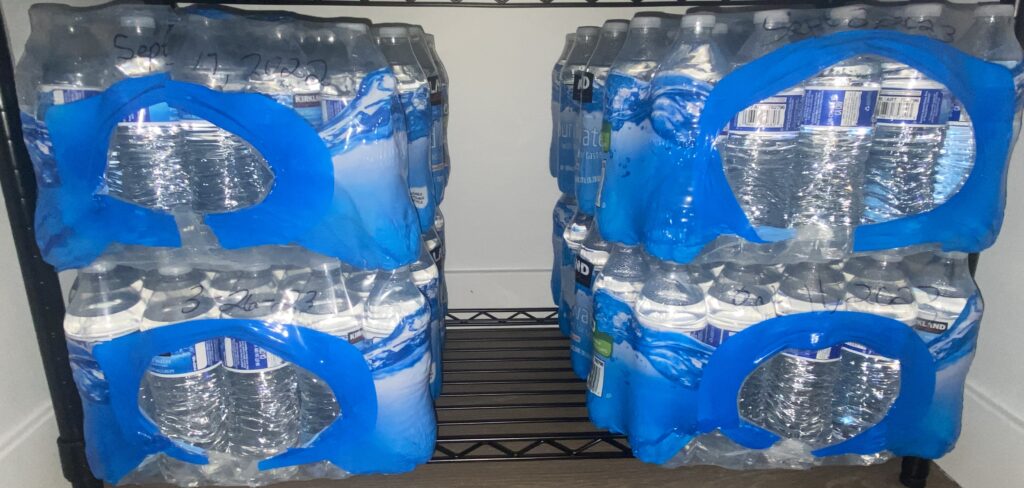
Water: Bottled water to last you and your family up to 2 weeks.
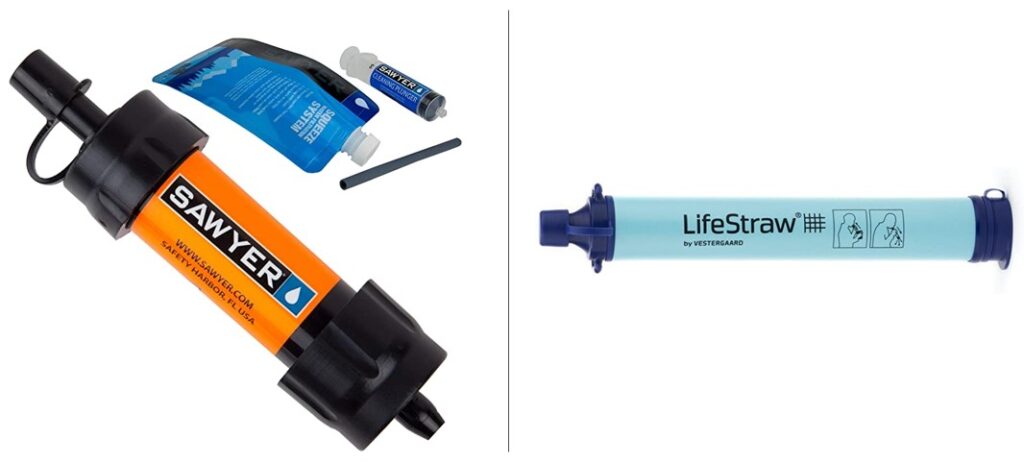
Water Filter device: Something that can filter water if you run out of bottled water.
My article “Emergency Stockpile – Should you have one” and “Water Storage – Should You Have Some” both go into more details.
Tools, Gear & Supplies

Cooler: To keep perishable items from spoiling. More modern rotomolded coolers (Yeti, Rtic, etc) are very good at keeping ice and items cold for longer periods of time than traditional coolers.
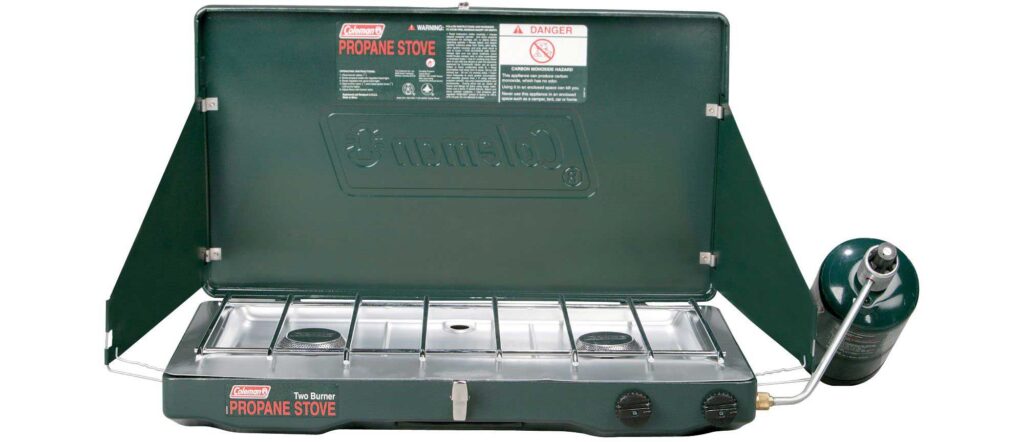
Camp Stove & Fuel: Electricity will mostly likely be out for several hours to several days, so you need something to cook on.
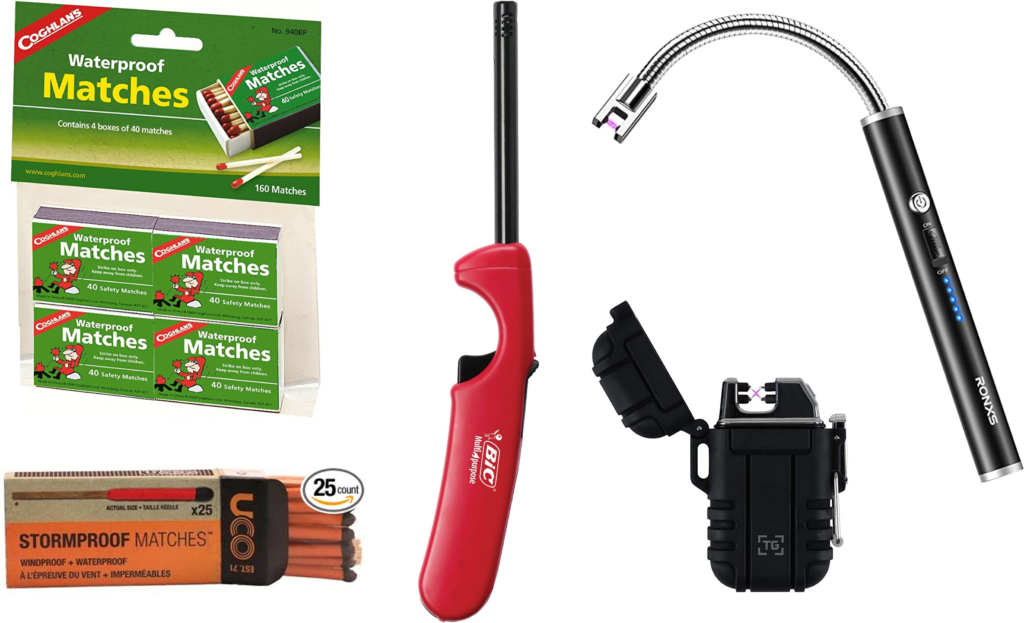
Waterproof Matches, Lighter, Plasma Lighter: You need something to light your camp stove or candles.

Multi-tool, Pocket-knife, Utility knife: You never know when you may need this. I find myself using one more often than think I will.
Shovel: You might need to clean up some mud or other debris from flooding.

Portable saw: A bow saw, or folding saw can come in handy when clearing/cleaning up downed trees and branches or damaged structures.
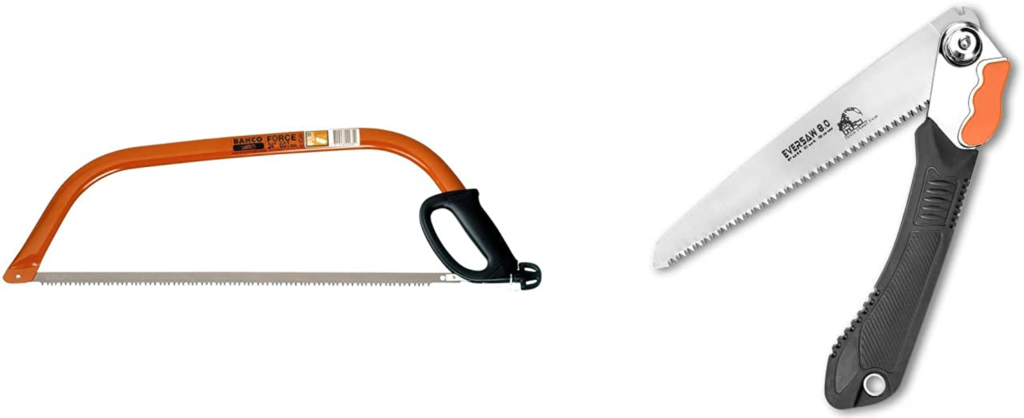

First Aid Kit: Hopefully you never need to use it, but it is best to have one. Whether you sustain injuries during the storm or after while trying to cleanup or move around, you need the ability to treat wounds to prevent infection. Check out my article “Building a First Aid Kit is Easy” to build your own.
Jumper Cables / Portable Jump Starter: May be necessary to get your vehicle going or help someone else.
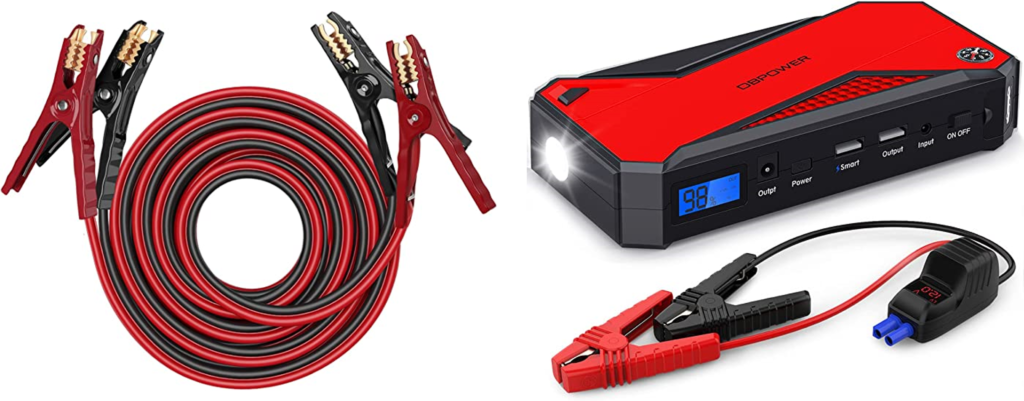
Bucket or Portable Camp Toilet: Storm or not, mother nature will continue to call, and you need someplace to go if water service is out.
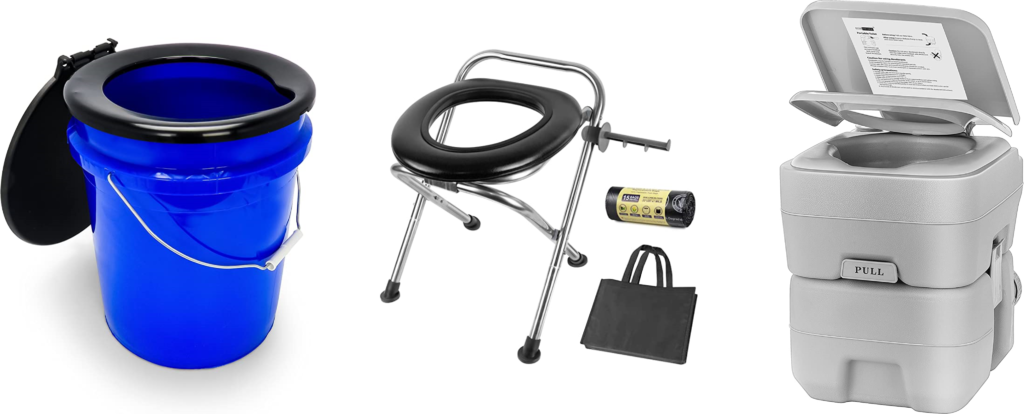
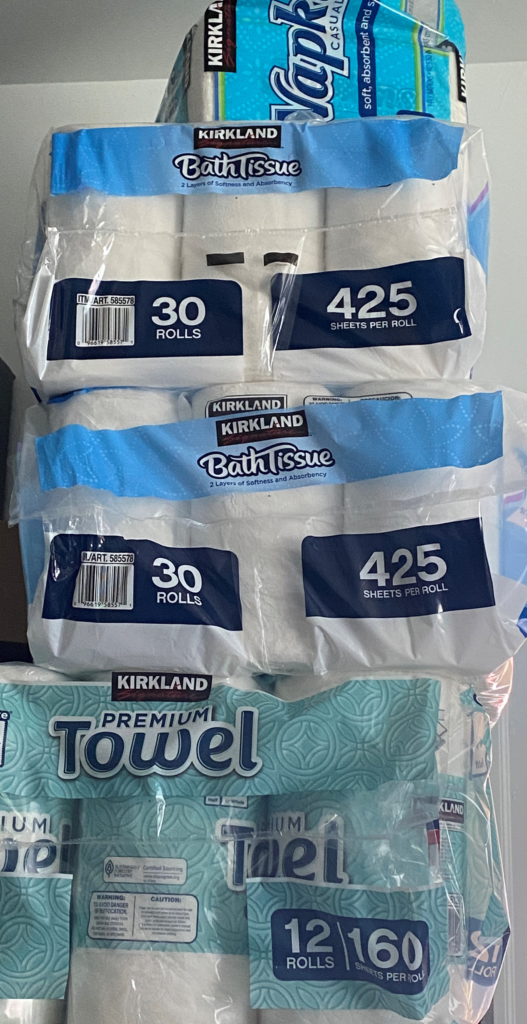
Paper Goods: A disaster is not the time to run out of toilet paper.
Are you ready for a hurricane?
While you may be able to eventually obtain relief food and supplies from various aid agencies like the American Red Cross, keep in mind it will take a minimum of several days if not a week or two before they will be in a position to help you. What will you do until then if you have not prepared?
More information
If you are looking for more information, check out the following sites:
- Ready.gov: This website has additional information to help you prepare for not only hurricanes but any other disaster you may face where you live. I’ve included their hurricane quick reference for you to download.
- Hurricane | National Risk Index: This site from FEMA shows the areas of greatest risk from Hurricanes with regards to impacts and damage from winds, rains, storm surge, etc.
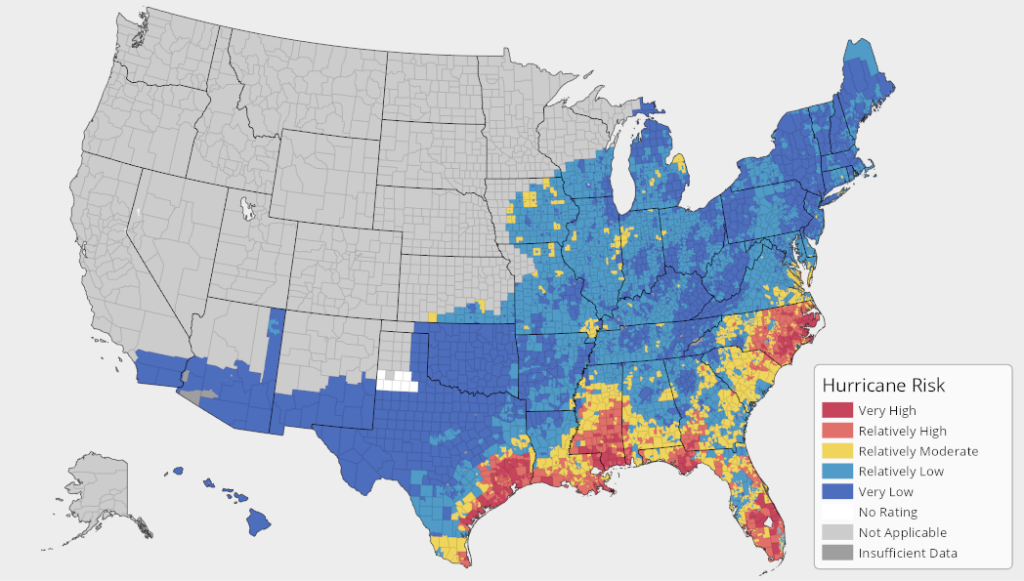
Don’t be a victim, be prepared
Last Updated on August 18, 2022
